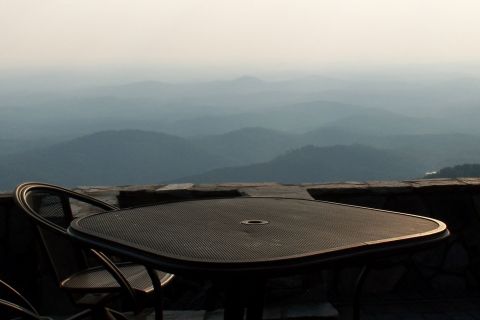Large, remotely located golf communities have had an especially tough time during the recession. Too big to pay for the front-loaded amenities they used to lure buyers during the good times, and too far from embedded populations to draw customers with relatively inexpensive locally targeted marketing, not even the lustre of a Tiger Woods was enough to skate through the last five years unscathed.
The Cliffs Communities in the mountains of the Carolinas and Reynolds Plantation in northern Georgia are two of the more spectacular examples of communities that were too big and too remote to succeed during the recession. Both are now recovering from bankruptcies with an infusion of capital and new developers, and their residents and club
These big golf communities are also managing against social trends that could affect their marketing and pricing. We see a shift in attitudes in our customers about their choices of geography for their first and second homes, and a lot of it has to do with children and grandchildren. We are half a decade removed from the beginning of the recession, and in that time, baby boomers have reevaluated their lifestyles, perhaps as a consequence of having stared into the financial abyss. We sense a desire to be closer to family, friends and community –- call it a “huddled masses” thing –- and that may be why, as the remote communities suffered a significant falloff in sales from 2007, near-urban communities like The Landings (20 minutes to downtown Savannah) and Brunswick Forest (10 minutes from Wilmington, NC), did just fine (in Brunswick Forest’s case, much better than “fine,” selling and building 900 homes since 2007). Even a few remote golf communities –- The Reserve at Lake Keowee comes to mind -– have succeeded during the tough times by enhancing their appeal to families, especially those in the Atlanta area three hours away, by opening full membership privileges for all family members for no additional membership fees (a “Legacy” membership, they call it).

The Cliffs at Glassy Mountain, less than an hour from Greenville, SC, can feel as if it is even farther away. The nearby small town of Landrum -- population 2,400 -- provides enough in the way of services to satisfy the current residents of Glassy. But large, remote communities like The Cliffs may have to retool their marketing efforts to persuade baby boomers that the closest city really isn't that far away.
A few years ago, a developer told me that buyers in his remote North Carolina lake community were running away from their former lifestyles (i.e. hectic and stressed) and running toward the lifestyle his development embodied (laid back) without the worries of traffic, crime or, ostensibly, modern conveniences outside the gates. I was skeptical then –- baby boomers tend to want what they want, not what they didn’t want –- but even if he was partially right then, he is certainly wrong today. What a difference five years makes.
In the next edition of our free monthly newsletter, Home On The Course,, we contemplate the future for these behemoth golf communities in a way that may help those considering remote versus exurban. The October issue is due early next week, so subscribe today [click here] to receive your copy this month and into the future.



